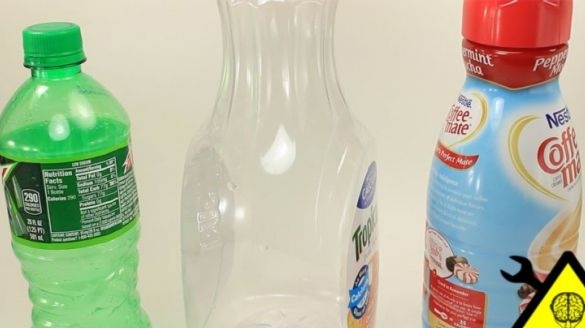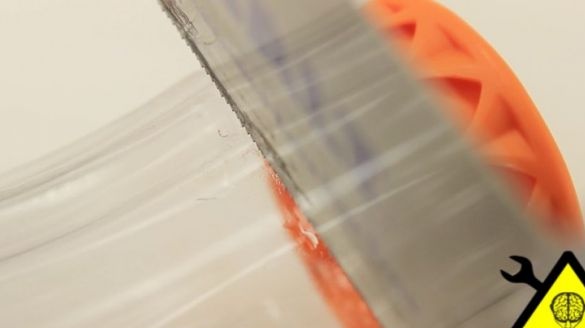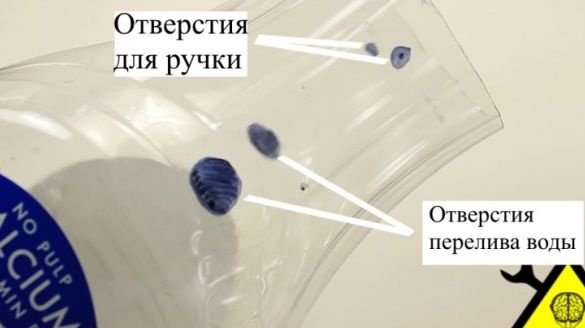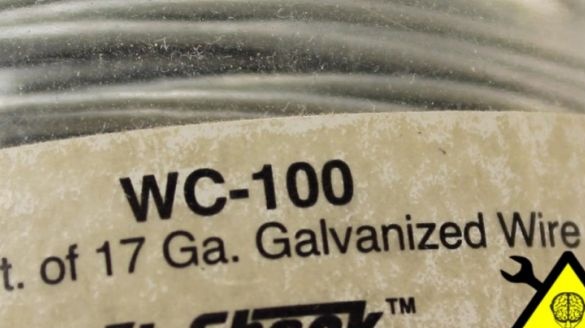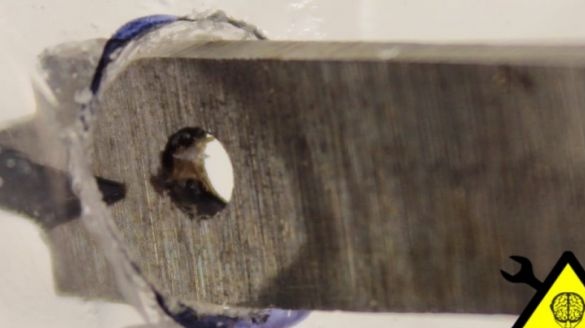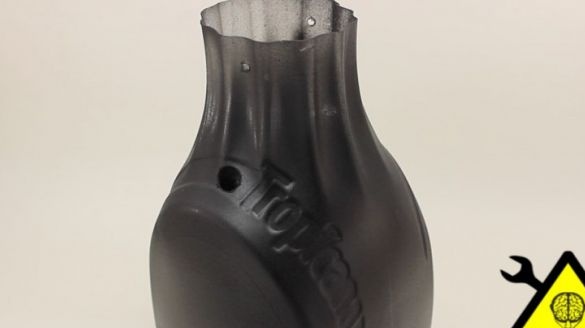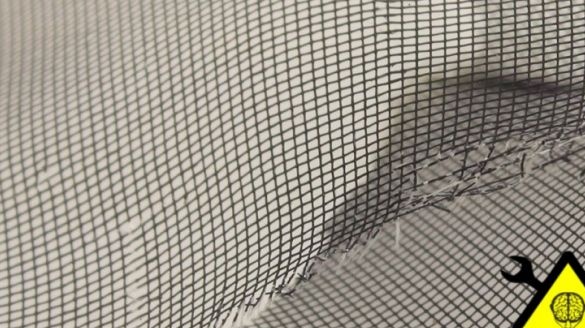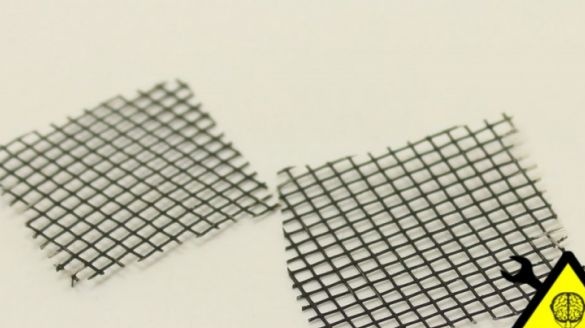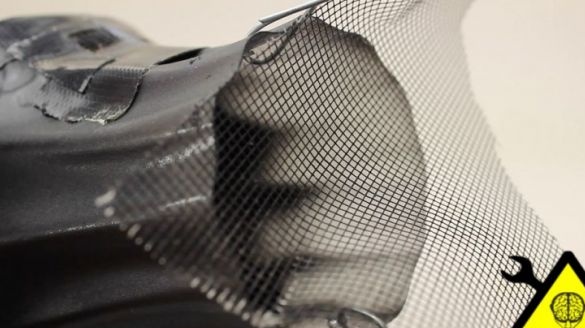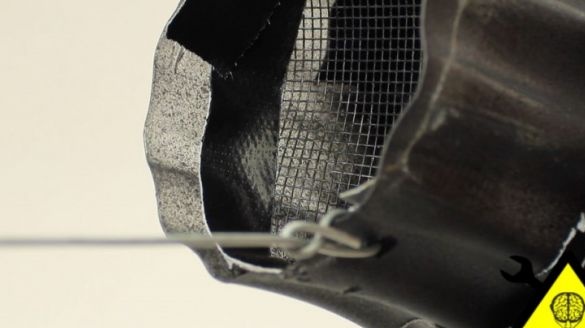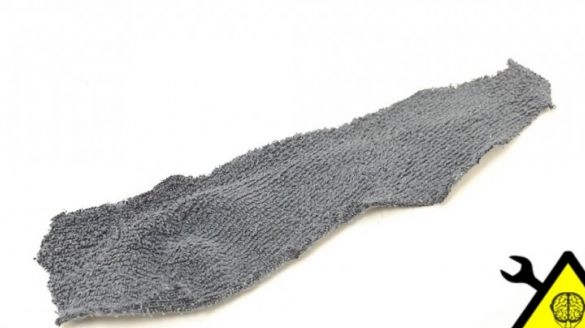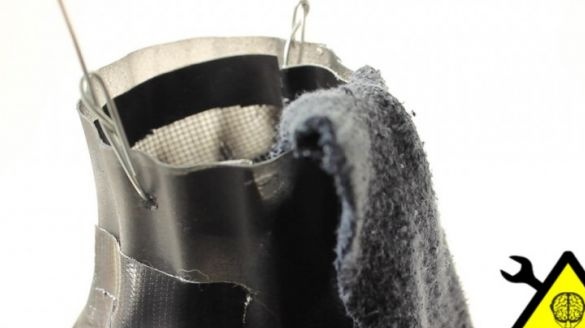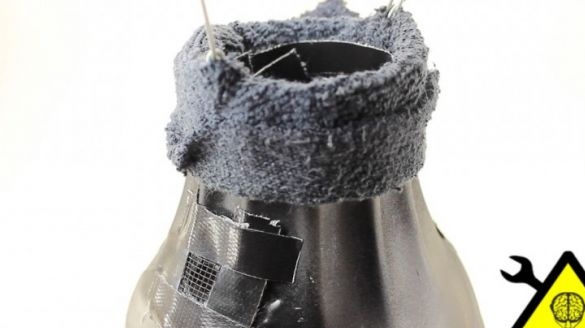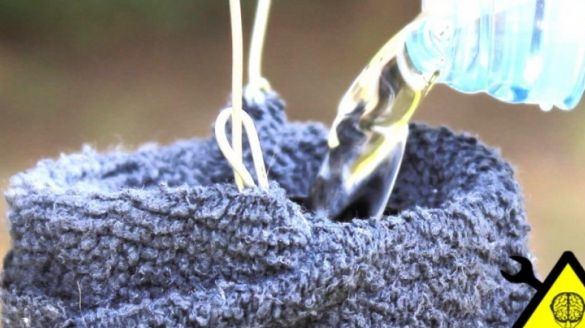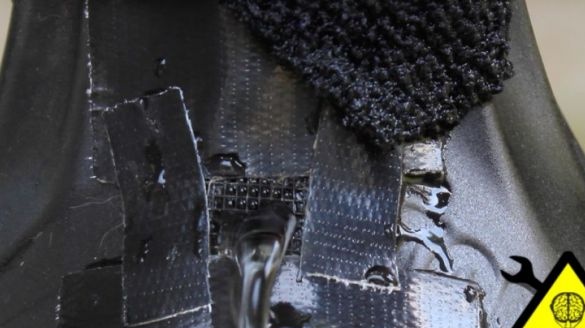Author homemade decided to declare war on the mosquitoes, but instead of catching the already ripe annoying bloodsuckers, it was decided to fight their offspring. The mosquito trap discussed below is designed to let mosquitoes lay their larvae in it, and when they hatch, they will no longer be able to leave the trap in the form of mosquitoes.
Of course, a tangible benefit from such a trap will be only when there will be a lot of them, and even this does not guarantee complete protection against mosquitoes.
Among other things, such a trap can be very useful for fishermen. It can be an excellent source of bloodworms - one of the most sought-after fish lures.
Materials and tools for homemade:
- marker;
- plastic bottle;
- drill;
- water;
- pen drill 9.5 mm;
- some grass or food for home animals;
- Super glue;
- black sock;
- duct tape;
- spray can with black paint;
- galvanized wire with a diameter of 1.3 mm;
- a small drill.
Trap manufacturing process:
Step one. Bottle preparation
The author cuts the upper part of the bottle with a hacksaw. Then you will need to remove the sharp edges with scissors.
Step Two Drill holes
Next in the bottle you need to drill holes. The holes in the upper part are needed to make the handle to the trap. The holes in the bottom are needed to drain excess water. For example, when it rains, excess water will flow through these holes.
The bottom holes are easy to make with a pen drill, and the author's drill is 9.5 mm. As for the diameter of the upper holes, it all depends on the thickness of the wire used.
Step Three Bottle painting
According to the author, mosquitoes are attracted to the dark color. After all, this is the color of the mule in the reservoirs, in which mosquitoes often lay larvae. In this regard, all elements of the trap become black. A spray can with black paint is used for painting.
Step Four Trap handle
To make a pen, you will need a piece of wire about 30 cm long.It needs to be pulled through the upper holes of the bottle, and then twist the formed loop.
Step Five Bottle screens
Screens are made for all openings in the bottle; these are some kind of filters that will not allow hatching mosquitoes to fly out of the bottle. The screen is made of fine mesh, a window is suitable. From the grid, you need to cut out squares in size a little larger than the holes in the bottom. Next, these pieces are glued to the bottle using superglue. From above everything is additionally strengthened with electrical tape.
For the neck, you also need to make a screen. It is necessary to cut a circle from the grid, in diameter it should be slightly larger than the diameter of the neck. Then the net adheres to the bottle. For additional fixation, you can use electrical tape. It is best to use a metal mesh for these purposes.
Step Six Wick for trap
Thanks to the wick, the trap will attract mosquitoes; it is made from a sock or any other piece of suitable fabric. From the fabric you need to make a strip and insert it into the neck, the other free part is wrapped around the bottle and fastened with adhesive tape. The sock should be black, it is desirable that the fabric is fleecy.
Seventh step. Trap setting
Now you need to pour water into the trap, rain or water will do. Of course, rainwater is preferable, since there is chlorine in the tap, which can deter mosquitoes. To make the water bloom faster and attract mosquitoes, you can put a little fresh grass, a piece of bread or some animal feed in the trap.
Water needs to be poured until it flows from the lower holes in the bottle. The sock also needs to be moistened well, it must be wet.
That's all, now the trap can be hung in the yard. You need to choose a dark, shady place, otherwise the ode will quickly evaporate in the sun. After this, it remains only to wait and make sure that there is always water in the trap. The wick must reach the surface of the water in the bottle, otherwise, if it is dry, mosquitoes will not lay larvae.
And everything works very simply. Mosquitoes lay offspring in the sock, then the larvae fall through the net into the water. And back, the newly made mosquito can no longer fly out, since the grid will prevent it.


